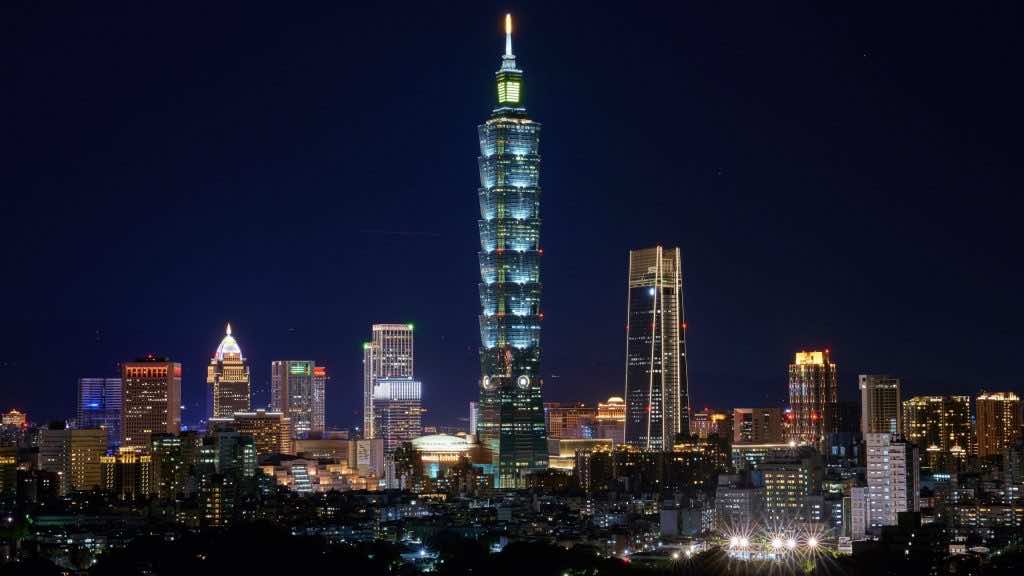Taipei 101 is one of the world’s tallest supertall skyscrapers, and until the Burj Khalifa was completed it held the title of the world’s tallest building. Located in Xinyi district of Taipei, it was completed in 2004 and rises to a height of 508 meters. This made it the first building ever to cross the half kilometer mark in height. In addition to that, further upgradations have meant that in 2011 the building received a Platinum certification from LEED, thus making it the world’s tallest green building.
The building’s design is rich in symbolism and serves as an icon for Taiwan. Even the name 101 alludes to January 1 or the start of the new year. It is designed in such a way that it should resemble a massive bamboo stalk, which is an important part of traditional Chinese architecture. Taipei 101 was designed to emphasise Taiwan’s growing prosperity on the world stage at the start of the 21st century, and was intended to symbolise technology’s evolution fused with the traditions of Asia. The building features many pan-Chinese and Asian elements mixed with a postmodern architectural style. The tower is designed in the form of 8 vertically stacked modules, each of them flaring out at the top in the form of traditional Chinese pagodas. Other elements inspired by tradition include curled ruyi figures that proliferate throughout the structure as a design motif, rendered in industrial metal. It is an ancient talisman associated in art with heavenly clouds, and connotes healing and protection. The dichotomy between heritage design and modern industrial metal represent the dynamic between traditional values and modern innovation and progress.
Because of its proximity to geological fault lines, and the propensity in the region for typhoons, pioneering engineering work had to be carried out to make the building stable and safe. The construction process involved 36 high-performance columns, including 8 ‘mega-columns’ packed with concrete. At 8-storey intervals, outrigger trusses connect the exterior columns to the columns in the building’s core. 380 piles driven 80 m into the ground reinforce the building’s foundations. These piles have a diameter of 1.5 m and are capable of bearing a load of 1,000-1,320 tonnes.
One of its most impressive features is an innovative 660-tonne tuned mass damper (TMD). This gold-coloured spherical steel pendulum with a diameter of 5.5 m, is located in a multi-storey cavity near the top of the tower. The TMD sways, thereby offsetting movements caused by strong winds. It is the largest damper sphere of its kind in the world and cost NT$ 132m (US$ 4 m). In August 2015, a typhoon swayed the damper by 100 cm (39 in).

